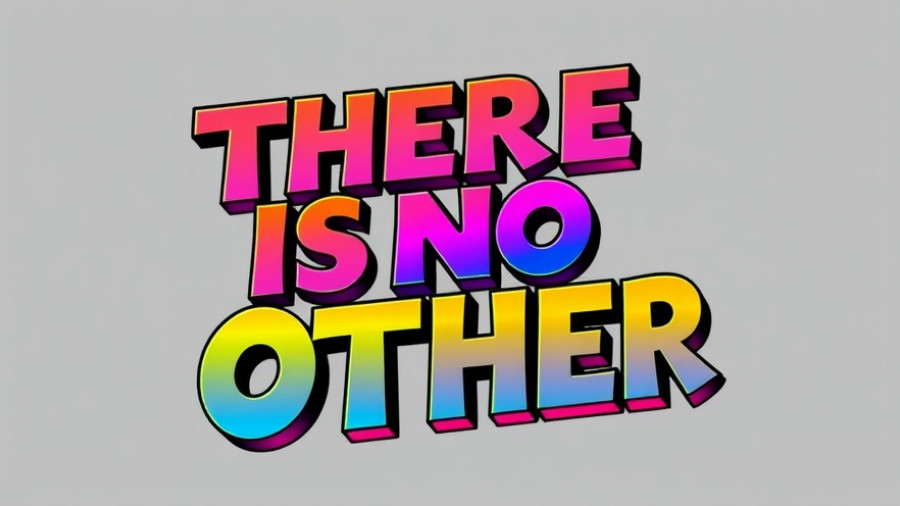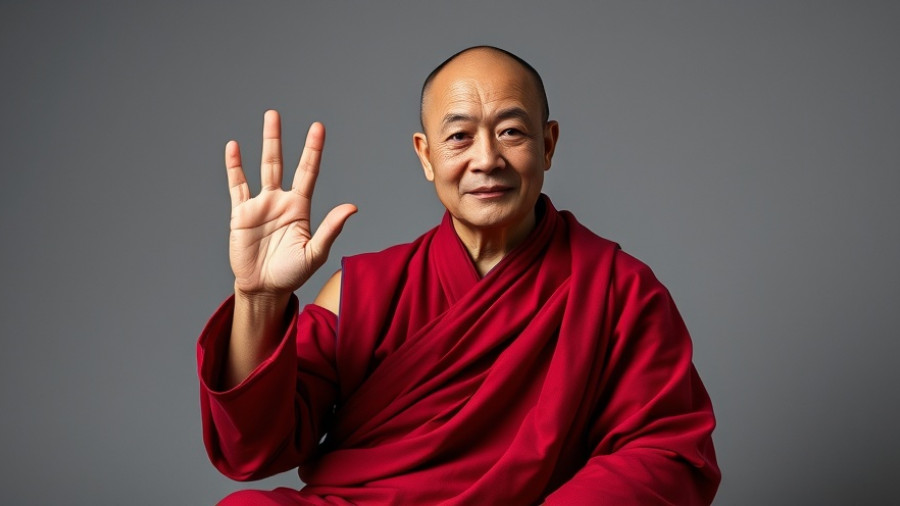
Rediscovering Freedom Through the Buddhist Precepts
The late Shunryu Suzuki, revered for his insights in "Zen Mind, Beginner’s Mind,” explored an essential aspect of Buddhist philosophy: the ten prohibitory precepts. While they are often perceived as simple rules — not to kill, not to steal — Suzuki teaches us that they possess an extraordinary depth, calling for a transformation in how we understand morality and personal freedom.
Understanding the Role of Precepts in Our Lives
For many, precepts evoke a rigid sense of obligation, akin to laws that constrain rather than liberate. However, Suzuki suggests that when these precepts are approached with a mindset rooted in faith, they can serve as pathways to genuine freedom instead of boundaries that restrict our behavior. Rather than framing our actions as obligations, we begin to act from a place of inner desire to do good.
Shifting from Morality to True Understanding
Morality often shrouds the precepts in negativity, presenting them as commands: "You should not steal; you must not kill." This mindset can lead to a contentious relationship with the precepts, causing individuals to look for loopholes rather than embracing the intention behind them. To break free from these shackles, we must cultivate a spiritual perspective where following the precepts becomes a spontaneous expression of our deepest nature.
The Importance of Faith in Observing Precepts
Faith plays an instrumental role in this transformation. When we identify our deepest desires, the practice of observing precepts shifts from a struggle against temptation to a natural inclination to do what feels right. Suzuki articulates that when our understanding of precepts evolves from “what I should do” to “what I want to do,” we unlock a fulfilling relationship with our moral compass. This shift is not just about avoiding misdeeds; it becomes a joyous exploration of kindness and compassion.
Precepts Beyond Legalism: A Spiritual Contract
The essence of the precepts transcends human laws and contracts. They are a sacred agreement, emphasizing the bond between Buddha and sentient beings. In this mystical realm, Suzuki reveals that the precepts are not just prohibitive, but they encourage positive behavior, motivating us to act with sincerity and kindness. This conceptual shift fosters a genuine desire to uphold these principles, enriching our interactions and enhancing our personal growth.
The Depth of Religious Practice: More Than Just Rules
Religious understanding pushes back against compliance to mere legalistic interpretations. Suzuki invites us to consider that the practice of spirituality influences not only our significant actions but also the subtle details of our lives. It shapes the way we smile, speak, and even blink — channeling a deeper, more intimate connection to our existence and the world around us.
By embracing the precepts as living commitments rather than static rules, we can foster a sense of community where individual transformation burgeons into collective joy. As we immerse ourselves in these teachings, we remember that our journey isn't just about adhering to teachings but about becoming who we truly are.
Step Into Your Path of Transformation
If you're looking to explore how incorporating these values into your daily life can lead to a more authentic existence, now is the time. Abandon mere compliance with moral rules for a journey towards inner freedom and fulfillment. Allow the wisdom of the precepts to guide you into a deeper connection with your true self, and watch as your understanding of community blossoms.
 Add Row
Add Row  Add
Add 




Write A Comment